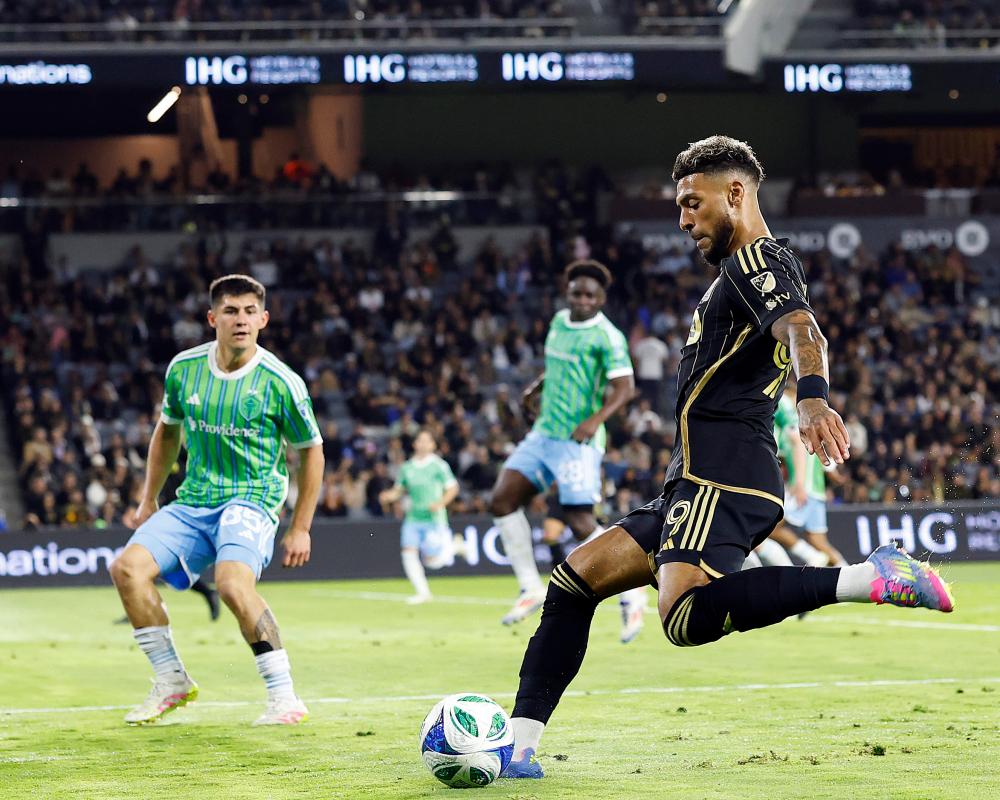The beach clubs of Dubai and Ibiza may be a little quieter this summer, at least when it comes to their headcount of European soccer stars. The off-season has been intruded upon by the Club World Cup with the likes of Real Madrid, Manchester City, Paris Saint-Germain, Bayern Munich, Chelsea and Inter in the United States for this summer’s expanded tournament, which kicks off this weekend. Wayne Lineker and Salt Bae may get lonely.
European enthusiasm for Gianni Infantino’s latest harebrained scheme is low. The $131m bounty for winning the tournament has incentivised clubs at boardroom level (see Real Madrid spending many millions extra to sign Trent Alexander-Arnold in time to play), but players may not be as driven on the pitch. European fans may not even watch – the tournament is being broadcast in the UK on Channel 5, a network known more for daytime reality TV repeats than live soccer. It’s being streamed worldwide on DAZN, a platform with wildly varying adoption levels across the globe.
Advertisement
Related: Fifa ready to discuss staging 48-team Club World Cup after lobbying from Europe
And yet the Club World Cup has an entirely different framing for the Major League Soccer clubs involved. After years of derision and ridicule from Euro-snobs, MLS can finally achieve legitimacy by holding its own against some of the best teams in the world. This is an opportunity to prove a point.
Never before has MLS been pitted directly against so many European opponents in a competitive setting. The Seattle Sounders played in the pre-expansion Club World Cup in 2022, but lost their one and only match to Egypt’s Al Ahly, never facing a Uefa opponent. This time, Seattle have games against Atlético Madrid and PSG while Inter Miami will face Porto, and Los Angeles FC are up against Chelsea.
Of course, the Club World Cup has long had a ‘Europe v the world’ dynamic. The old tournament, going back to the days of the Intercontinental Cup, always mattered more to teams from the AFC (Asia), Caf (Africa), Concacaf (North and Central America) and Conmebol (South America), who saw Europe as the yardstick to measure themselves against. South American teams in particular put a lot of stock in these matches.
Advertisement
Now that the 32-team Club World Cup includes 12 participants from Uefa, this dynamic may be somewhat diluted. The latter rounds will almost certainly be dominated by European sides. There will be five all-Uefa clashes in the group stage alone. Nonetheless, MLS will have the sort of platform it has craved for a long time. The world (at least some of it) will be watching.
The problem for MLS is that the league’s best teams aren’t necessarily the ones participating in this summer’s tournament. Concacaf Champions Cup finalists and Supporters’ Shield pace setters Vancouver Whitecaps will be watching from home, as will the Eastern Conference leaders, the Philadelphia Union. There’s no place for Wilfried Nancy’s Columbus Crew, one of the best and most entertaining teams in the league over the last several years.
Instead, MLS will be represented by an Inter Miami team who have conceded 17 times in the seven games they played in May, a Seattle Sounders outfit sitting sixth in the West and a LAFC side that only punched their ticket to the tournament through a contrived play-in match against Club América due to Club Léon’s banishment by Fifa. North American soccer may not be putting its best foot forward.
Related: Beyond the apathy: the Manchester City and Chelsea fans off to the Club World Cup
Advertisement
Off the pitch, there are issues too. The Seattle Sounders wore shirts reading ‘Club World Ca$h Grab’ before the team’s recent game against Minnesota United in protest over the way bonuses from participating in the Club World Cup are being distributed. “Fifa’s new tournament piles on to players’ ever-increasing workload without regard to their physical wellbeing,” read a statement by the MLS Players’ Association. “Despite this windfall, the league has refused to allocate a fair percentage of those funds to the players themselves.”
That prize money could also warp a league designed to maintain at least some sense of parity. Indeed, the $9.55m Inter Miami, LAFC and Seattle will receive for merely participating in the Club World Cup is more than Apple hands out in TV money to every MLS team each season. MLS’s three Club World Cup representatives will have a disproportionate financial advantage over the rest of the league – or they would, if league spending rules allowed freer investment of that money into the first team.
In so many ways, the expanded Club World Cup is a grotesque manifestation of what modern soccer has become, where money is both the only reason to be interested and the thing that numbs all. However, when the Seattle Sounders take to the field against newly crowned European champions PSG on 23 June, or when LAFC line up against Chelsea in Atlanta, the incentive for the MLS teams will be clear – they’ll want to show they can take on Europe’s finest.
Realistically, though, the best measure for Inter Miami, LAFC and Seattle at the Club World Cup could come against non-Uefa opponents. Nobody really sees MLS as equal to the Premier League or any other ‘Big Five’ league. Matches against teams from Brazil, Egypt and Tunisia, on the other hand, are more winnable. This could be where MLS makes a statement. This may be where legitimacy is earned.
Read the full article here


